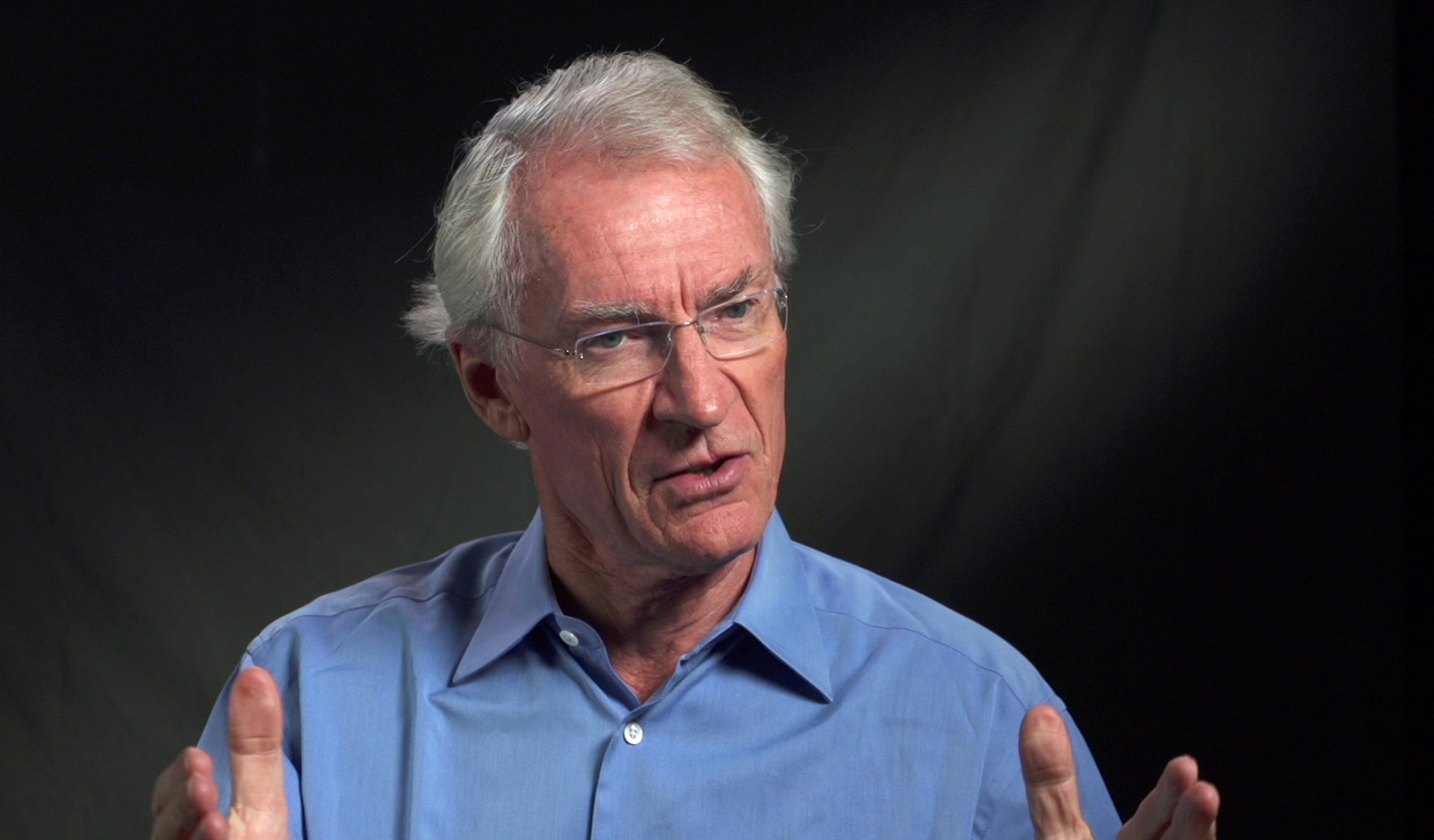
Protest Soundcloud
What do protests and companies have in common?
Plenty, says Stanford Graduate School of Business professor of organizational behavior Sarah A. Soule, whose recent research analyzes where and how new protest tactics emerge. Soule and Dan J. Wang of Columbia Business School say their findings can apply to businesses seeking to foster creativity. Their paper is expected to be published in a forthcoming issue of American Sociological Review.
Soule and Wang analyzed a database of news stories about 23,000 protests as reported in the New York Times between 1960 and 1995. They found that those gatherings that convened multiple organizations representing different interests but pursuing the same goal were likely to innovate by combining protest tactics in new ways. For example, Yale University students in 1977 joined school food-service staff to seek unionization rights for the workers. The effort involved a hunger strike and blockades of food deliveries, a highly unusual combination of a peaceful, symbolic tactic with a highly disruptive one.
That strain of innovation also occurred when a single protest raised highly dissimilar topics. In 1967, for instance, activists in New York held a protest about several issues that hadn’t previously been presented together: segregation, poverty, and education. The activists created a new mix of tactics, including disrupting a school board meeting, occupying the building, and organizing a series of public discussions about the school system, reflecting the range of issues raised.
Entirely new tactics, though, tended to emerge in protests in which the organizer or the issue appealed to a narrow constituency or otherwise lay outside the mainstream. In one case, to call attention to AIDS in the gay populations in Southern California’s Hispanic communities, a group of gay Latino men took the unusual step of performing political theater reflecting Hispanic culture. Such groups may feel more free to use highly creative tactics because they’re not trying to appeal to the conventional expectations of a broad mainstream audience, the researchers say.
What are the lessons for companies? For one, just as less central organizations created wholly new protest tactics, “the lone genius” working on the periphery of the business world could be a source of fresh ideas for companies, Soule says. “There are probably a lot of ideas out there on the fringes that never get taken up,” she says. “Companies should question that implicit assumption that what they’re doing in-house is going to be better than what some little hack on Kickstarter is doing,” says Soule.
Like protest organizations that innovated when they worked with other groups focused on different interests, companies can foster creativity by bringing together a wide range of workers with different backgrounds, the researchers say. “Considering differences in gender and race is great, but companies should also be looking for ways to seek people with radically different experiences,” says Soule.
Wang adds that the higher the degree of difference, the better. “It’s not just the presence of diversity within a team that makes it more creative,” he says. “The greater the differences, the greater the probability of innovation.”
The researchers note that companies will often face a trade-off between the brand-new innovation and the incremental one that combines existing ideas. Companies generally aren’t good at pursuing both at the same time, Soule says. “A company like Google can never be Oculus,” the Kickstarter company that developed an unusual virtual-reality technology, because Google would likely lose its competitive advantage in generating incremental innovations in other areas, she says.
“There’s a tendency for people to say that companies can be ambidextrous, but that’s often easier said than done,” Soule says.
Sarah A. Soule is the Morgridge Professor of Organizational Behavior at Stanford Graduate School of Business. “Tactical Innovation in Protest: The Effects of Peripheral and Multi-Issue Protest,” co-written with Dan J. Wang of Columbia Business School, will be published in a forthcoming issue of American Sociological Review.



